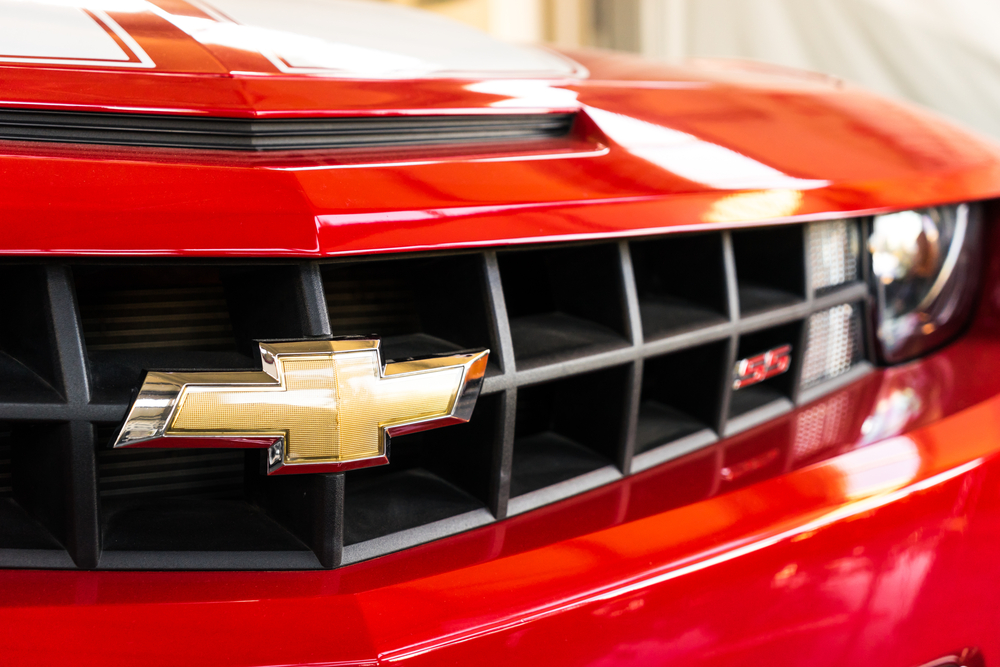
The story of Camaro goes back to the 60s, when Chevrolet dominated the automotive market, outselling the competition in all categories. With best selling cars in small, mid and full-size segments, it seemed like they owned the game. However, this was all about to change when Ford introduced the Mustang. Being fun, nimble and fast, this car was an instant among young buyers. With such high demand, Mustang soon became a pioneer of a new pony-car segment. As Chevy didn’t have a car to compete with this rising star, they set to work on a whole new car that could handle this task.
It was only two years later, in 1967, when the first Camaro was ready to hit the showroom floors. From Chevrolet’s point of view, the Camaro was born out of necessity. From conception to execution, it had one purpose - to beat the Mustang. Despite this hastiness, this car was far from a stop-gap solution. It took the aggressive styling and design solutions of Impala and Chevelle to a new level. With a recessed grill, innovative front, and rear fenders and engines ranging up to a big V8, the Camaro has been associated with performance from its inception.
Continuing the success and good market reception of the predecessor, the second-generation Camaro came out three short years later. To avoid constant comparisons to Mustang, the new car aimed at having its own identity. With a prominent front grille and separate headlights, it had a “fish-face” that people either loved or hated. And, judging on the sales results, many loved these unique design features. The Camaro was now giving Mustang a run for its money.
Third Generation Camaro
Despite being true to the original values of predecessors, the new Camaro was a different kind of animal. Starting from the outside, the design had almost no similarities to the old car. Combining straight lines and flat surfaces with high-end solutions such as a large curved rear glass, this wedge-shaped car transformed the boxy body shape of the 80s into something unique and eye-catching. Interior, featuring sporty seats and various gadgets available as options, aimed at techno-era youngsters.
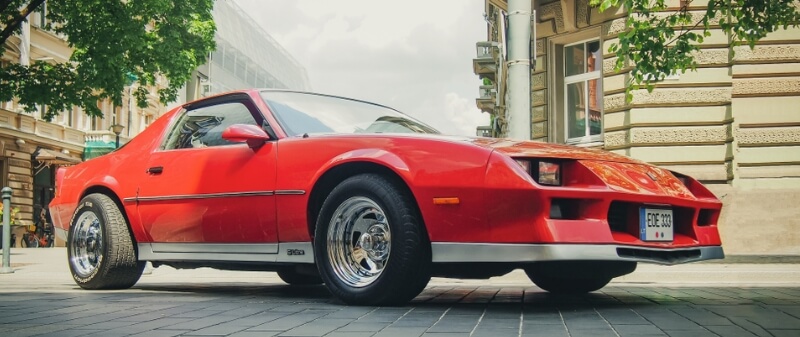
Engine choices, ranging from a futile four-cylinder, over a pair of V6 units and ending with a powerful V8, widen the customer appeal. Still, power was the focus of this car, with most buyers going for the V8. All engines soon received fuel injection and upgraded gearboxes, which improved both the drivability and fuel economy. To improve handling and help cope with extra power, the suspension also received major updates. Leaf springs at the back were a thing of the past, as coils took their place to provide better ride comfort and control.
Being an official car for the 1985 International Race of Champions (IROC) additionally boosted Camaro’s popularity. To commemorate and exploit this, Chevy released a special IROC-Z version. It featured unique wheels, upgraded suspension, engine, and special interior options.
Fourth Generation Camaro
Debuting in 1992, the fourth generation picked up where the old car left off. Instead of radical design changes, adopted in all previous generations, new Camaro went for a subtle evolution. The body lines, although much softer and rounder, kept the general outer shape of the old car. This made it up-to-date with the competition while keeping a recognizable appearance. Inside the car, leather and a range of creature comforts.
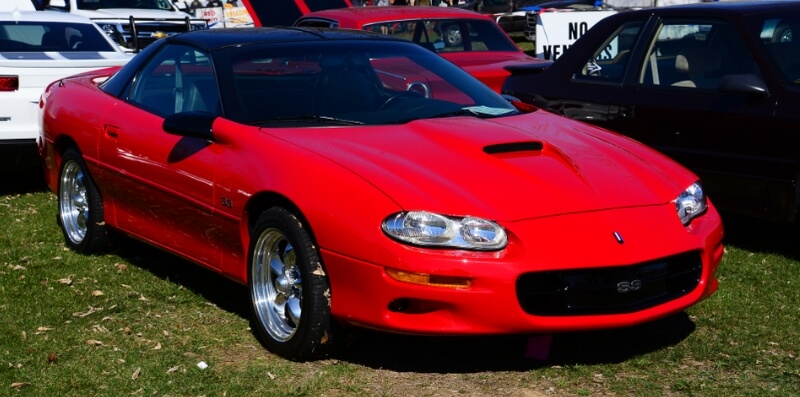
With a simple but powerful V6 or V8 engines, the situation under the hood reflected ‘there is no replacement for cubic displacement’ motto. The buyers like this dated engines for being both strong and reliable. The pinnacle was the LS1 engine, lifted straight out of the Corvette together with a sporty six-speed manual transmission.
Although fresh, Camaro still kept the same characteristics that dated back to the original car. With 2+2 seating layout enveloped in a coupe or convertible body styles, rear-wheel drive, and old school engines, it differed from cars made for the world of practicality and efficiency. Still, this was also the reason for its downfall, as the sports coupe market deteriorated with the dawn of the new millennium.
End of Muscle Car Era?
Dropping sales was only one reason for discontinuing the Camaro. A far bigger problem was hiding under the skin, embedded into the car itself. Together with its sibling, Pontiac Firebird, it was the car that used an F-body platform. Dating back to the first generation, it used simple chassis and suspension design mated to a live rear axle. At the turn of the millennium, these solutions, although robust and reliable, were more than obsolete. When compared to other cars on the market, Camaro was a dinosaur. GM leaders decided that developing a new platform for such a narrow application was not profitable. Instead, other models received sporty iterations, attempting to fill in the void.
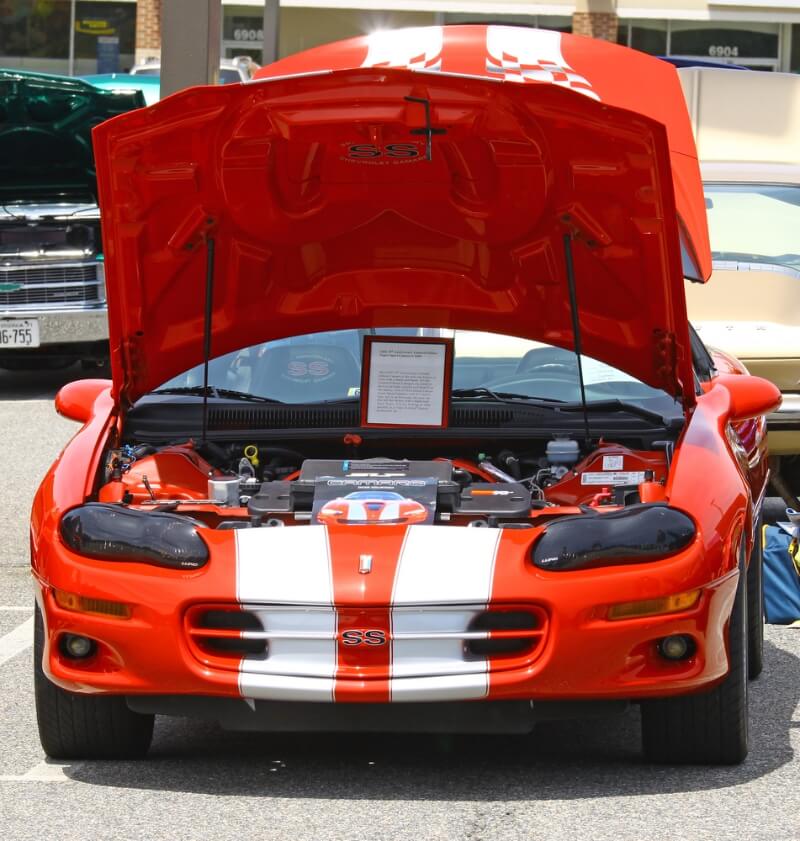
This plan soon backfired, as traditional buyers didn’t accept smaller engines and front-wheel drive. Recognizing this, Chevy stated showing concepts of potential Camaro successors on car shows during the mid-2000s. Despite positive reactions, financial problems and a lack of vision kept postponing the new Camaro. It was only after the GM bankruptcy and subsequent revamp of model lineups that rushed this modern muscle car into the production. This was part of GM’s attempt to regain attractive and desirable appeal among buyers, and Camaro played it like a champ.
Fifth Generation Camaro
Playing a significant role in GM's rebirth and renaissance, all-new Camaro traced back to its origins. Still, unlike Dodge Challenger, it was more than a carbon copy of the 60s car. Instead, the new Camaro was a perfect example of a successful retro style. It captured the essence of the very first Camaro and gave it a modern spin. The result was a car that combines a vintage look and appeal with contemporary comfort and practicality. Once again, buyers recognized these virtues, making it an instant hit.
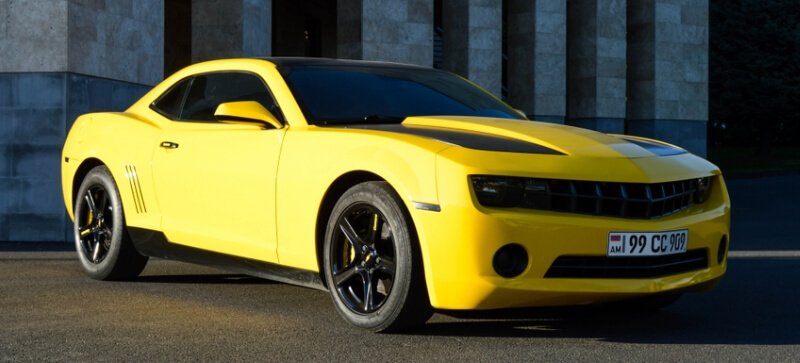
That classic but modernized theme continued under the skin, too. Engines ranged from V6 units that offer a surprising fuel economy, to a supercharged V8 monster. All engines came in combination with a six-speed automatic or manual transmissions. But the biggest improvement was the suspension, now featuring independent axles both front and rear. This meant that the new Camaro was not only fast on the straight line, but it could also go round bends quickly.
Using a bold, award-winning design, great engines, and various improvements, Camaro came back into the muscle car arena with style. By reinventing the powerful and affordable fun car, it proved to be a great success story. Some may even call it a fairy tale. Followed by a current, sixth generation, it is obvious that the Camaro is here to stay for a long time.
Do you own a Camaro? Let us know about your car & experience with it in our comments!
Get a Chevrolet Camaro repair manual right here.
